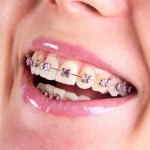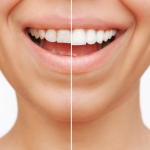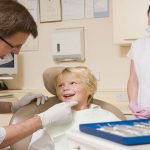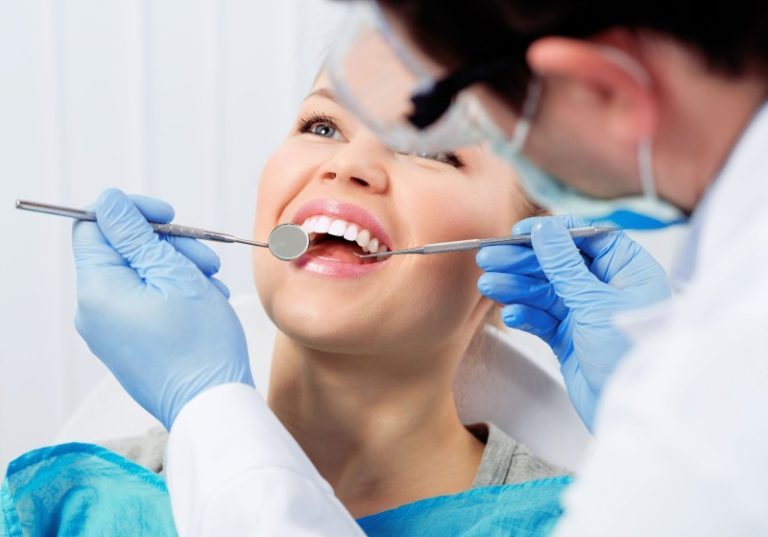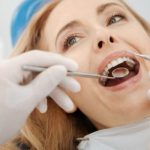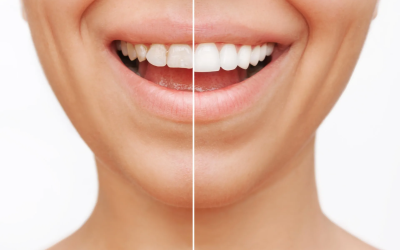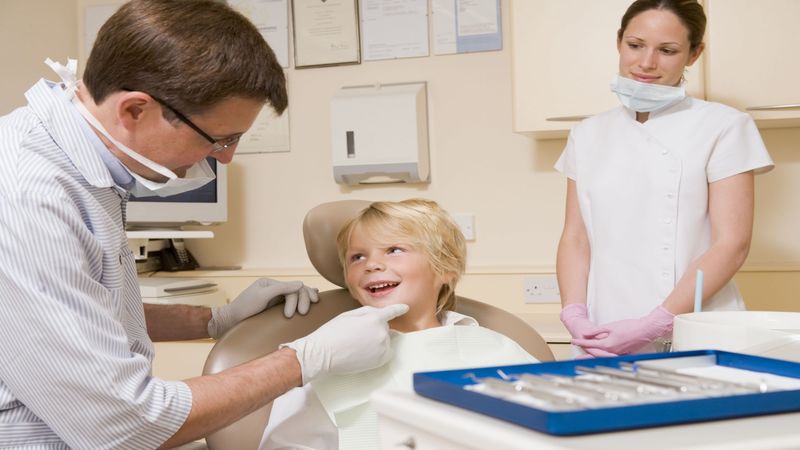Most people aren’t sure what an orthodontist does or what service options they have available. In order to make the most of your oral health, you need to know if orthodontic services are necessary for you and what treatments are available in your area.
When Orthodontics Is Needed
In most cases, your dentist or orthodontist will need to use special tools to determine if orthodontics is right for you. These tools include plaster models of the teeth, clinical exams, full dental and medical history and even x-rays. However, you may want to talk with your dentist if you notice any of the following problems, such as overbite, spacing, crowding, cross bite, under bite, open bite or others.
An overbite occurs when the upper teeth stick out farther than the lower teeth. This may make you look like you have buck teeth, or you may feel it or see it when you look in the mirror. An under-bite is typically when the lower teeth stick out further than the upper teeth, and again, you may feel it with your tongue or see it.
Cross-bites are slightly different and occur when the upper and lower teeth do not match (front teeth with front teeth or molars with molars). An open bite also different and means that when your back teeth are together in a natural position, your front teeth do not touch.
Treatment Options and How They Work
Typically, braces are the treatment of choice for orthodontists and are used to gradually move your teeth closer together or farther apart, depending on your particular problem. However, other treatments include space maintainers for baby teeth that were lost prematurely and fixed appliances to help with thumb sucking and other similar problems.
In some cases, headgear is used to hold down the braces and must be worn at all times. Other appliances that may be considered include aligners, repositioning appliances for the jaw, cheek and lip bumpers, retainers and palatal expanders.
Jaw repositioning appliances are typically called splints and are worn to help the jaw close properly. They are usually used for patients with TMJ (temporomandibular joint disorders). Lip or cheek bumpers can help keep the teeth separate from the lips or cheeks. If you find that you constantly bite your cheek or lip without meaning to, you may require this device.
Orthodontic services can include many different options, and it will be up to the orthodontist to determine which ones will work best for you. Visit Oakbrook Orthodontics today to learn more and to contact them.
